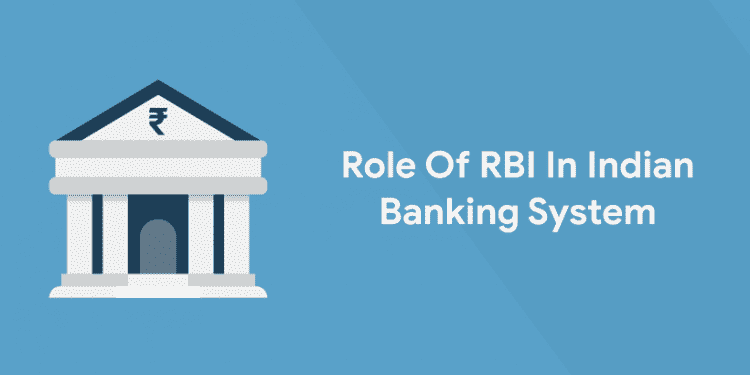Table of Contents
What is RBI?
Reserve Bank of India (RBI), is the central bank of India. It was established in the year 1935 on April 13 in Calcutta. Initially, RBI was a private bank and it was nationalised later in the year 1949 and moved to Mumbai. It acts as a representative of our country in the International Monetary Fund (IMF). It ensures financial stability in India through monetary policies. It is the RBI who regulates the currency, which means it issues currency, and credit systems of our country. It does not perform the daily functions as done in other banks. It is more like the bank of all banks. Let us learn more about the role of Reserve Bank of India in Indian banking system.
Role of RBI in Indian Banking System
1: What does the acronym "ATM" stand for in banking?
1. The main aim of RBI is to ensure stability of price which is done through monetary policies. Monetary policies are those actions taken by RBI to control the supply of money in order to ensure economic growth. RBI makes regular changes in the credit control measures as it seems fit to ensure economic stability which may include changing the Bank Rate, Repo Rate etc. It ensures low and stable inflationary and deflationary trends.
2. RBI sets the Mumbai Inter bank Offer Rate (MIBOR), which is the interest charged by one bank on the loan given to another bank. Hence, RBI sets the datum line for all interest related matters in India.
3. The financial sector of India comprising of commercial banks, financial institutions and non-banking firms are supervised by RBI. As per the Foreign Exchange Management Act, RBI owns the right to manage all foreign exchange so as to facilitate external trade and also to ensure proper development of foreign exchange market in India. The Forex and gold exchange of our country is also maintained by RBI.
Get your dream bank job ! enroll now !!
4. RBI is the only bank who has the authority to issues currency and coins in our country which means that RBI can create or destroy as it seems fit. For example, the currency notes of rupees thousand was destroyed in the year 2018 and changed the notes of other denominations and also introduced two thousand-rupee notes. RBI works as the agent of Government of India who mint coins and RBI distributes the coins. It acts as the banker to the Government of India. By the issue of bonds and securities to the public, RBI ensures that the Government of India earns money from them. It acts as a guide to the Government by retaining credits without charging interests, by carrying exchange payments and so on.
5. All the banks maintain an account with the Reserve Bank of India. Hence, RBI acts as a bank for other commercial banks. Maintaining an account in RBI ensures that the banks maintain the reserve requirements. Also, RBI acts as a lender for all the other banks.
6. RBI regulates the financial system of our country. It regulates and supervises the activity of other banks by various methods like supervising the bank license, inspections, off site surveillance etc thereby, building the confidence of the public in the banking system. It issues banking license without which no bank or new branch of any of the existing bank is authorized to function.
7. RBI has formulated the standard boarding of India and Banking codes (BCSBI) in accordance with the global practices to calculate the standards of other banks and their banking practices. It also formed the Fair Practice Code for investors in order to ensure that the interest of the investors is protected as well.
Hence, RBI ensures that our country is financially stable through the roles mentioned in this article. A job in RBI can hence be your chance to be a superhero and play a part in ensuring that our country is financially stable.












